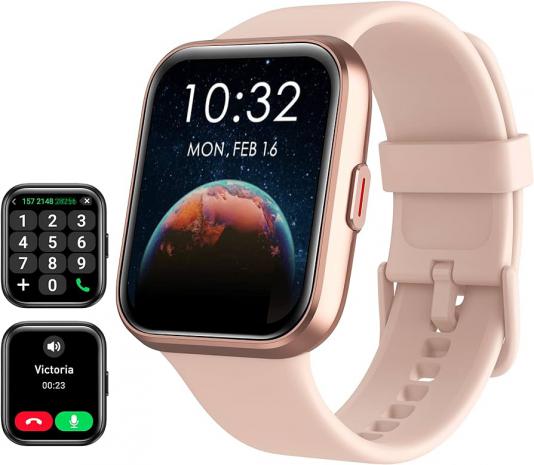
Breaking News
6.5x55 Swedish vs. 6.5 Creedmoor: The New 6.5mm Hotness
Best 7mm PRC Ammo: Hunting and Long-Distance Target Shooting
 Christmas Truce of 1914, World War I - For Sharing, For Peace
Christmas Truce of 1914, World War I - For Sharing, For Peace
Top Tech News
 EngineAI T800: Born to Disrupt! #EngineAI #robotics #newtechnology #newproduct
EngineAI T800: Born to Disrupt! #EngineAI #robotics #newtechnology #newproduct
 This Silicon Anode Breakthrough Could Mark A Turning Point For EV Batteries [Update]
This Silicon Anode Breakthrough Could Mark A Turning Point For EV Batteries [Update]
 Travel gadget promises to dry and iron your clothes – totally hands-free
Travel gadget promises to dry and iron your clothes – totally hands-free
 Perfect Aircrete, Kitchen Ingredients.
Perfect Aircrete, Kitchen Ingredients.
 Futuristic pixel-raising display lets you feel what's onscreen
Futuristic pixel-raising display lets you feel what's onscreen
 Cutting-Edge Facility Generates Pure Water and Hydrogen Fuel from Seawater for Mere Pennies
Cutting-Edge Facility Generates Pure Water and Hydrogen Fuel from Seawater for Mere Pennies
 This tiny dev board is packed with features for ambitious makers
This tiny dev board is packed with features for ambitious makers
 Scientists Discover Gel to Regrow Tooth Enamel
Scientists Discover Gel to Regrow Tooth Enamel
 Vitamin C and Dandelion Root Killing Cancer Cells -- as Former CDC Director Calls for COVID-19...
Vitamin C and Dandelion Root Killing Cancer Cells -- as Former CDC Director Calls for COVID-19...
 Galactic Brain: US firm plans space-based data centers, power grid to challenge China
Galactic Brain: US firm plans space-based data centers, power grid to challenge China
Why more athletes are giving up on smartwatches

These practices have become commonplace in the world of sport, even for amateurs.
This digitization of physical activity is unfolding against the backdrop of a global proliferation of self-quantification tools used to measure productivity at work, track calorie intake, blood sugar levels and weight, monitor sleep regulation and more.
The market for these tools in sports activities, alone, is both lucrative and competitive. As Finnish researchers Pekka Mertala and Lauri Palsa report, the digital sports technology business is estimated to be worth $12 billion a year, with more than 10,000 portable digital devices for running, alone. Some 90 percent of amateur runners now use a smartwatch or mobile application.
Tracking your body with numbers is associated with a series of promises to become more active, happy and healthy, and with the concept of empowerment. Because of its objectivity and transparency (compared with the approximate nature of bodily sensations), this knowledge is considered to be the foundation of a personal self-optimization project.
These embedded devices are also used for motivational support, to encourage regularity and assiduity and to put an end to lifestyle habits that are deemed unhealthy. Becoming part of a community of exercisers can also increase motivation by interweaving systems of mutual encouragement and competition.
Yet we are currently seeing a slowdown in this market linked to a massive phenomenon of either discontinuing the use of digital devices or, at the very least, using them for short periods.

 The State's Last Stand
The State's Last Stand


